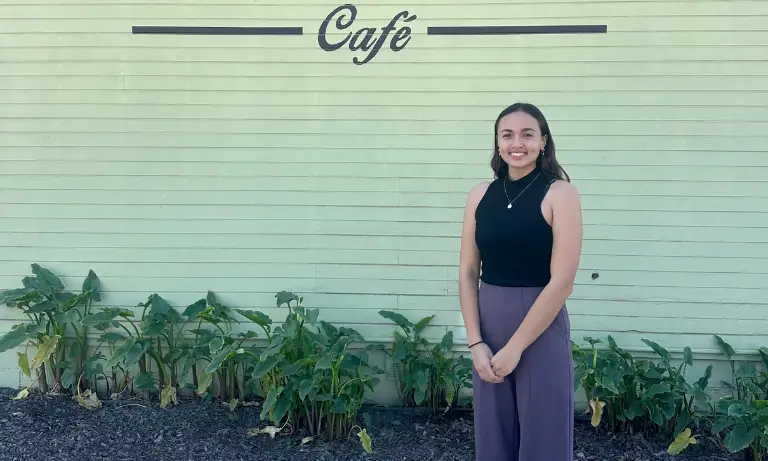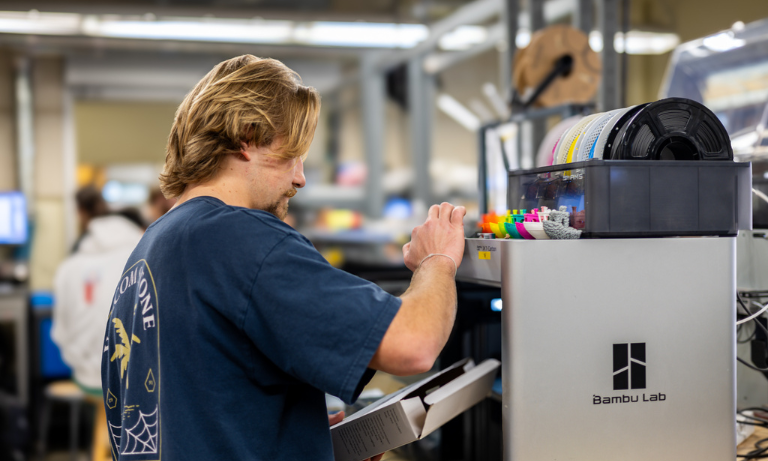Navigating health-care portals can be challenging for anyone, but when these systems lack accessibility, they create even greater barriers for people with disabilities.
Industrial engineering student Janelle Wilson wanted to change that. She set out to improve accessibility in health-care portals, ensuring they are easier to navigate for all users.
The Fremont, California, native worked with her adviser, industrial and manufacturing engineering Professor Duha Ali, to evaluate the effectiveness of current health-care portals, analyzing navigation, task completion and user satisfaction.
After two observation and feedback sessions, Wilson found that participants struggled to access key portal features, including scheduling appointments and viewing lab results.
“I noticed that a lot of participants were nervous about initially trying to find where the buttons were and very hesitant about clicking anything at all,” she said.
Wilson also discovered that many portal tasks were unintuitive, and patients described billing summaries as particularly confusing.
“There wasn’t a clear button that said, ‘click here to open’ or anything like that,” she said.
Beyond unclear medical jargon and navigation issues, Wilson found many accessibility barriers that made it difficult for users to complete tasks.
“Several participants noted that the lack of clear visual clues or assistive features — such as larger fonts or screen reader compatibility — hindered their ability to complete tasks efficiently,” Wilson said.
When properly labeled, patients could successfully schedule appointments and access lab results. Wilson’s findings establish a crucial baseline for improving health-care portal design, and she hopes her research will drive industrywide change.
While her study highlighted significant challenges, there were also positives.
“This study helps benefit the disabled community by incorporating feedback from a population heavily impacted by digitalization yet often overlooked in the design process,” she said. “As technology evolves rapidly, it is crucial to seek input from those directly affected and prioritize accessibility in health-care portal design.”
By Taylor Villanueva


